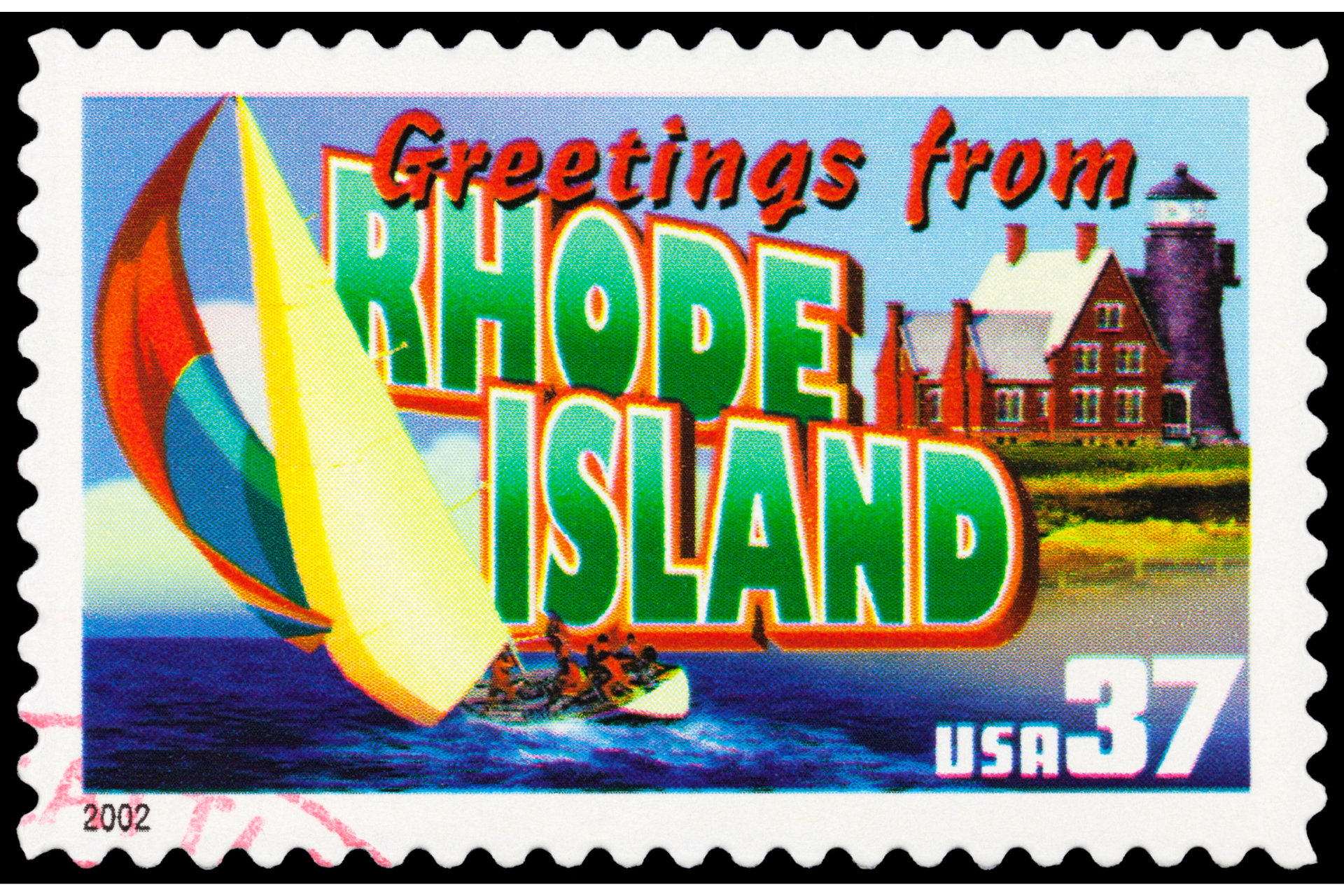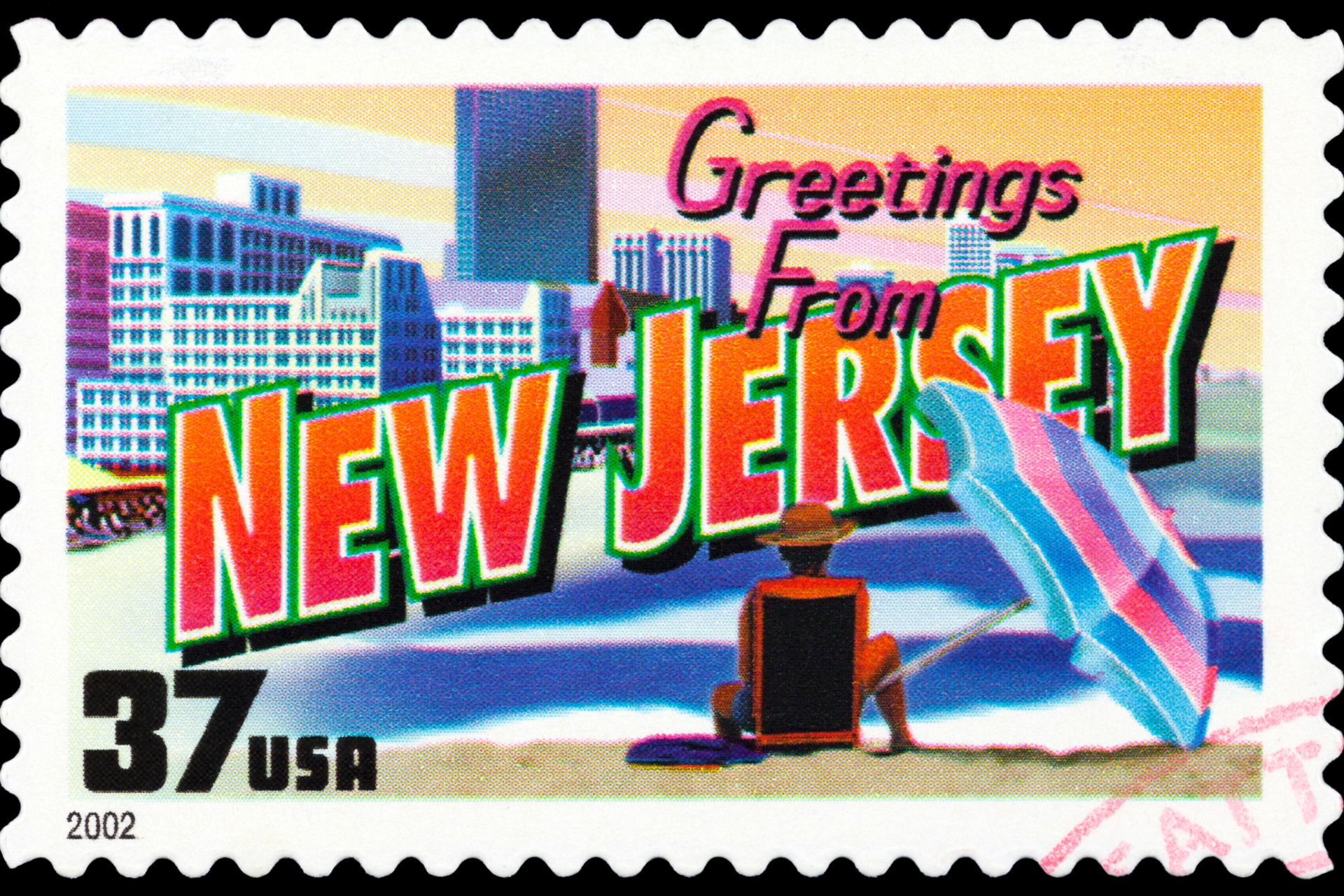Every territory that became a state faced a struggle. Each one had anti-statehood factions arguing against its admission to the U.S. One of the greatest challenges was seen in Utah.
The fight began in 1849, when Mormon leaders applied for statehood for the proposed state of Deseret. They had intended to apply to become a territory first. However, the proposed state included all or part of nine current states, at least two of which had already applied for statehood themselves at that time. Hoping to claim their stake before it was too late, the church elders quickly cobbled together a constitution for their proposed state and sent it to Washington.
While their population was small — too small, in fact, to meet the usual 60,000-person requirement for statehood — the space they wanted to occupy was enormous. The proposed state stretched from the Rockies to the Sierra Nevadas, covering most of the land ceded to the United States by Mexico in the previous year.
The proposal was unsuccessful, but the Utah Territory was formed in the following year. In 1851, Brigham Young became the first governor of the Utah Territory. However, there were continued attempts to create a state of Deseret until 1872.
With the railroad coming through Utah and more non-Mormon settlers, the territory’s leaders settled on accepting the borders of the Utah Territory as the borders of their state. At this point, the controversy was not for and against statehood. Rather, it was between those who wanted a very large state with a name from Mormon writings, and those who were willing to accept the smaller and more diverse state the federal government seemed willing to support.
“Relics of barbarism”
The internal conflicts may have slowed the progress toward statehood, but by the time these internal issues settled down, there was a major external conflict that stood even more firmly in the way of statehood. Polygamy, which was encouraged by the Mormon church, was outlawed by federal law in 1882. The custom was described along with slavery as “twin relics of barbarism,” and it became certain that Congress would never admit Utah as a state as long as polygamy was legal there.
In 1887, Utah drafted a new constitution that made polygamy illegal. Congress didn’t believe they were sincere and demanded that the Mormon church leaders forbid polygamy. The leaders spent $144,000 that year in a public relations campaign focusing on a positive presentation of Mormonism in national newspapers.
In 1890, the Mormon church disavowed polygamy.
Voting
With polygamy sorted out, the largest bar to statehood for Utah was quashed. However, there were still concerns that the largely Mormon settlers of the territory would vote as their church told them, rather than having a more typical voting profile with Democratic and Republican parties. The church encouraged members to register as Democrats or Republicans, making obvious efforts to keep the two parties balanced.
Then as now, some members of Congress wanted to admit only new states that supported their side. A slight Republican majority developed in Utah at the same time that Republicans were in the majority in the U.S. Congress, and Utah had an opportunity to slip in. They had an enabling act passed in 1894, under President Grover Cleveland. The act required that polygamy be permanently outlawed in the state of Utah, and in that year the territory passed a state constitution that specifically forbade polygamy.
It was not until 1896 that Utah was admitted as a state.
Lessons for Puerto Rico
While many current states faced the same kinds of controversies that Puerto Rico has faced during its century-long struggle for statehood, Utah had unique challenges. Still, it must have seemed unlikely through much of the 19th century that Utah would ever achieve statehood. And yet they did.


